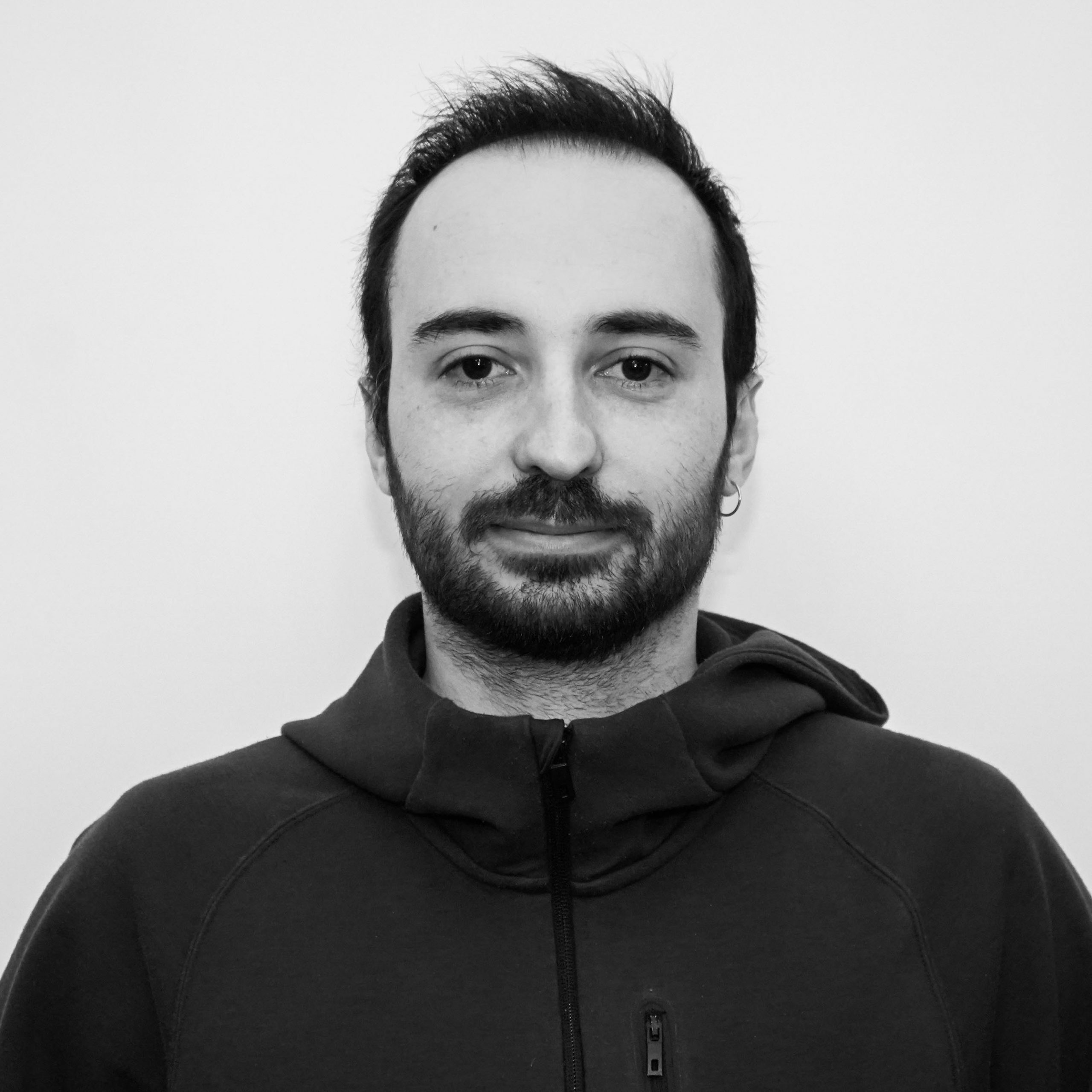Blog
Quantum AI
What is Quantum AI?
Quantum AI is an emerging field at the intersection of quantum computing and artificial intelligence (AI)—two of the most transformative technologies of our time. Quantum computing is a novel approach that leverages quantum mechanical properties such as superposition and entanglement to process information in fundamentally different ways, allowing quantum computers to solve certain problems much more efficiently than classical computers. AI, by contrast, involves creating algorithms and models that learn from data and recognize patterns, having already revolutionized fields like language, vision, and the chemical and biological sciences. Bringing the two together is not just theoretical curiosity; it opens new possibilities for solving complex problems at the edge of what classical computers can handle.
Quantum AI and Quantum Machine Learning
The term Quantum AI is mostly associated with quantum machine learning (QML), where quantum versions of classical ML and AI methods are developed to test whether quantum hardware can provide advantages over classical versions. These include quantum neural networks, quantum support vector machines, and quantum generative models, among others. While QML, albeit rapidly developing, is still a young research field, some of the most immediate promises come from using one technology to overcome the limitations of the other.
Quantum computing and AI for scientific discovery
One of the clearest examples of this is the use of AI to support and advance quantum computing itself. Current quantum hardware is still limited by noise and decoherence, making progress difficult without optimization at multiple levels. In response, researchers are turning to AI-based methods for optimal control of quantum devices, helping tune pulse sequences, gate calibrations, and qubit connectivity more efficiently than manual or heuristic approaches [1,2]. AI models are also playing a growing role in the development of quantum error correction techniques, where learning-based strategies are used to detect and correct qubit errors in real time, enabling more stable computation [3–5]. Furthermore, generative and reinforcement learning models are being applied to the design of quantum circuits and gate sequences, exploring vast combinatorial spaces in search of more efficient algorithmic implementations [6,7].
The synergy works in the other direction as well: quantum computing can enhance AI, particularly in the area of scientific discovery where high-quality data is a limiting factor. AI has already demonstrated its potential to transform scientific modeling. A striking example is DeepMind’s AlphaFold, which achieved near-experimental accuracy in predicting protein structures and earned its creators the 2024 Nobel Prize in Chemistry [8]. This success relied on massive datasets and powerful neural network architectures, but similar breakthroughs in chemistry, materials science, and drug design often suffer from limited access to training data of sufficient fidelity. In these fields, accurate quantum chemical calculations are prohibitively expensive for large systems [9], and approximations often fail for complex molecules.
This is where quantum computing offers a unique advantage. Unlike classical simulations, quantum devices have the potential to generate exact or near-exact data for small, highly correlated chemical systems—especially those involving transition metal complexes and strongly correlated electrons. These systems are central to some of nature’s most important catalytic reactions—such as H₂ evolution [10], H₂O oxidation [11], CO₂ reduction [12], and N₂ fixation [13]—but are notoriously hard to simulate with conventional methods [9,14]. Quantum computers, even in their early stages, may soon provide datasets that are otherwise inaccessible, creating new opportunities to train AI models that can generalize across broader chemical spaces [15]. There is already growing evidence that hybrid workflows, combining small but high-quality datasets from quantum simulations with data-driven modeling, can significantly enhance performance [16–18]. In this context, using quantum to improve AI could accelerate discovery across the chemical, pharmaceutical, and biotechnology industries—allowing faster and more accurate predictions of molecular properties, reactivity, or functionality.
Quantum AI at Algorithmiq
Photodynamic therapy (PDT) is an emerging procedure for noninvasive cancer treatment in which a drug, also known as a photosensitizer, upon light activation transfers electrons or energy to generate reactive oxygen species (ROS) that cause death of cancerous cells. Molecular modifications can dramatically enhance the drug’s performance, therefore, reliable computational prediction of drug’s activity is essential for optimal design. At Algorithmiq we are developing a quantum boosted AI protocol that identifies optimal drugs used in PDT. In particular, we are developing a high-throughput virtual screening pipeline that begins with the systematic enumeration of photosensitizes and leverages an active learning (AL) framework to efficiently explore chemical space. Within this procedure, at each iteration, a small batch of molecules is selected and labeled via accurate quantum mechanical calculations. A deep surrogate model that uses deep neural networks is iteratively updated to guide the selection process, progressively refining the candidate pool. This approach enables the identification of promising PDT candidates using highly accurate classical/quantum data on only a small fraction of the enumerated structures, and therefore substantially reducing computational cost while maintaining screening quality.
References:
- [1] Schuff, Jonas, et al. “Fully autonomous tuning of a spin qubit” arXiv preprint, arXiv:2402.03931 (2024).
- [2] Severin, Brandon, et al. “Cross-architecture tuning of silicon and SiGe-based quantum devices using machine learning” Sci. Rep, 14, 17281 (2024).
- [3] Bausch, Johannes, et al. “Learning high-accuracy error decoding for quantum processors” Nature, 635, 834–840 (2024).
- [4] Lange, Moritz, et al. ”Data-driven decoding of quantum error correcting codes using graph neural networks” arXiv preprint arXiv:2307.01241 (2023).
- [5] Sweke, Ryan, et al. “Reinforcement learning decoders for fault-tolerant quantum computation” Machine Learning: Science and Technology, 2, 2, 025005 (2020).
- [6] Ruiz, Francisco J., et al. ”Quantum circuit optimization with AlphaTensor” arXiv preprint arXiv:2402.14396 (2024).
- [7] Nakaji, Kouhei, et al. “The generative quantum eigensolver (GQE) and its application for ground state search” arXiv preprint, arXiv:2401.09253 (2024).
- [8] Jumper, John, et al. ”Highly accurate protein structure prediction with AlphaFold” Nature, 596, 583–589 (2021).
- [9] Szalay, Peter G., et al. “Multiconfiguration self-consistent field and multireference configuration interaction methods and applications” Chem. Rev. 112, 1, 108–181 (2012).
- [10] Han, Zhiji, et al. ”Fuel from water: The photochemical generation of hydrogen from water” Acc. Chem. Res. 47, 8, 2537–2544 (2014).
- [11] Kärkäs, Markus D., et al. “Artificial photosynthesis: Molecular systems for catalytic water oxidation” Chem. Rev. 114, 24, 11863–12001 (2014).
- [12] Li, Xin, et al. ”Cocatalysts for selective photoreduction of CO2 into solar fuels” Chem. Rev. 119, 6, 3962–4179 (2019).
- [13] Meng, Shu-Lin, et al. “Nitrogenase inspired artificial photosynthetic nitrogen fixation.” Chem 7, 6, 1431-1450 (2021).
- [14] Burke, Kieron. “Perspective on density functional theory.” J. Chem. Phys. 136, 15, 150901 (2012).
- [15] Cao, Yudong, et al. “Quantum chemistry in the age of quantum computing.” Chem. Rev. 119, 19, 10856-10915 (2019).
- [16] Bukharin, Alexander, et al. “Machine learning force fields with data cost aware training.” arXiv preprint arXiv:2306.03109 (2023).
- [17] Smith, Justin S., et al. “Approaching coupled cluster accuracy with a general-purpose neural network potential through transfer learning.” Nat. Commun. 10, 1, 2903 (2019).
- [18] Thaler, Stephan, et al. “Implicit delta learning of high fidelity neural network potentials.” arXiv preprint arXiv:2412.06064 (2024).
Author
 Alessio Fallani
Alessio Fallani
Quantum & AI Researcher
 Fabijan Pavosevic
Fabijan Pavosevic
Principal Quantum Chemist
